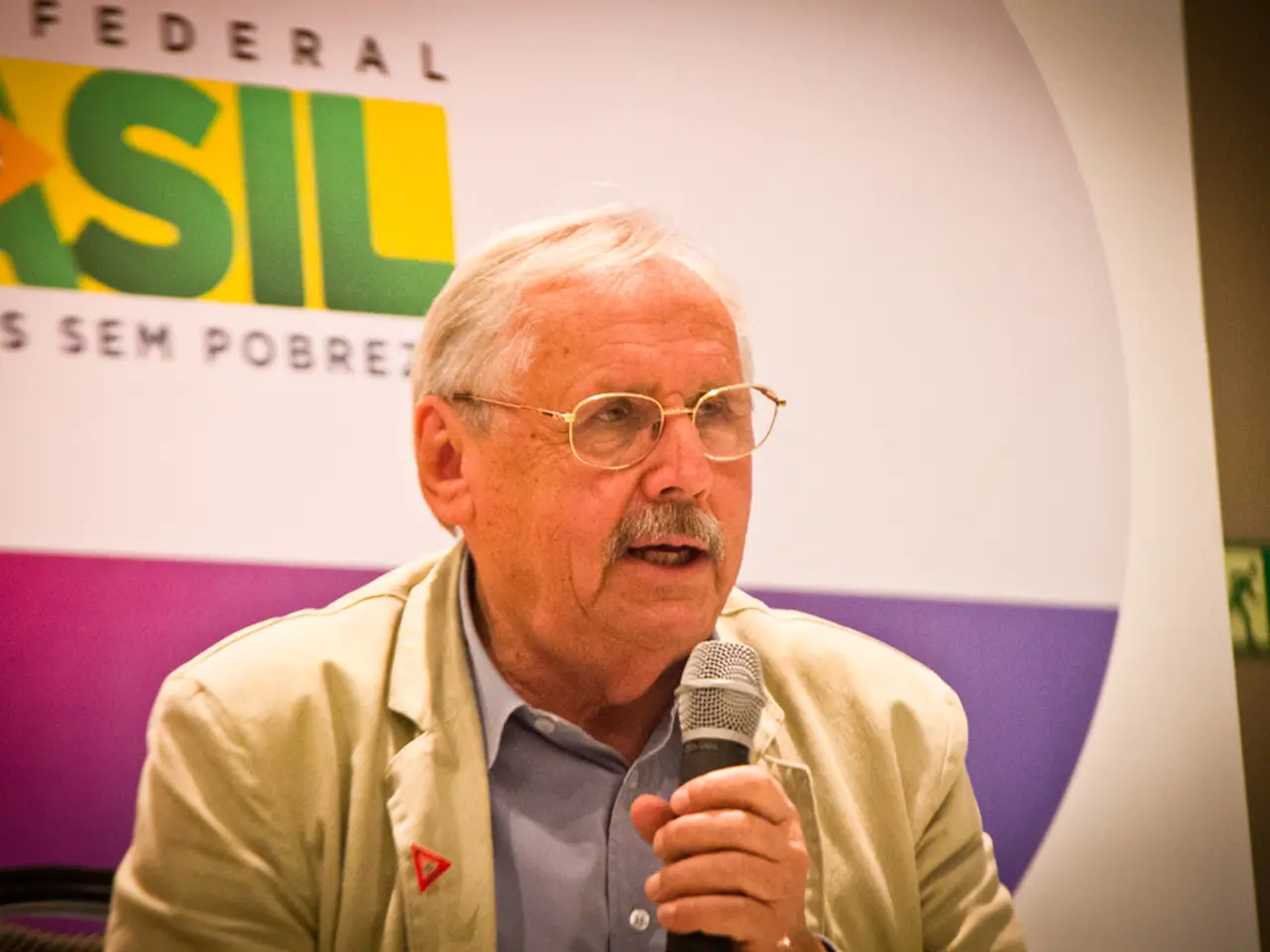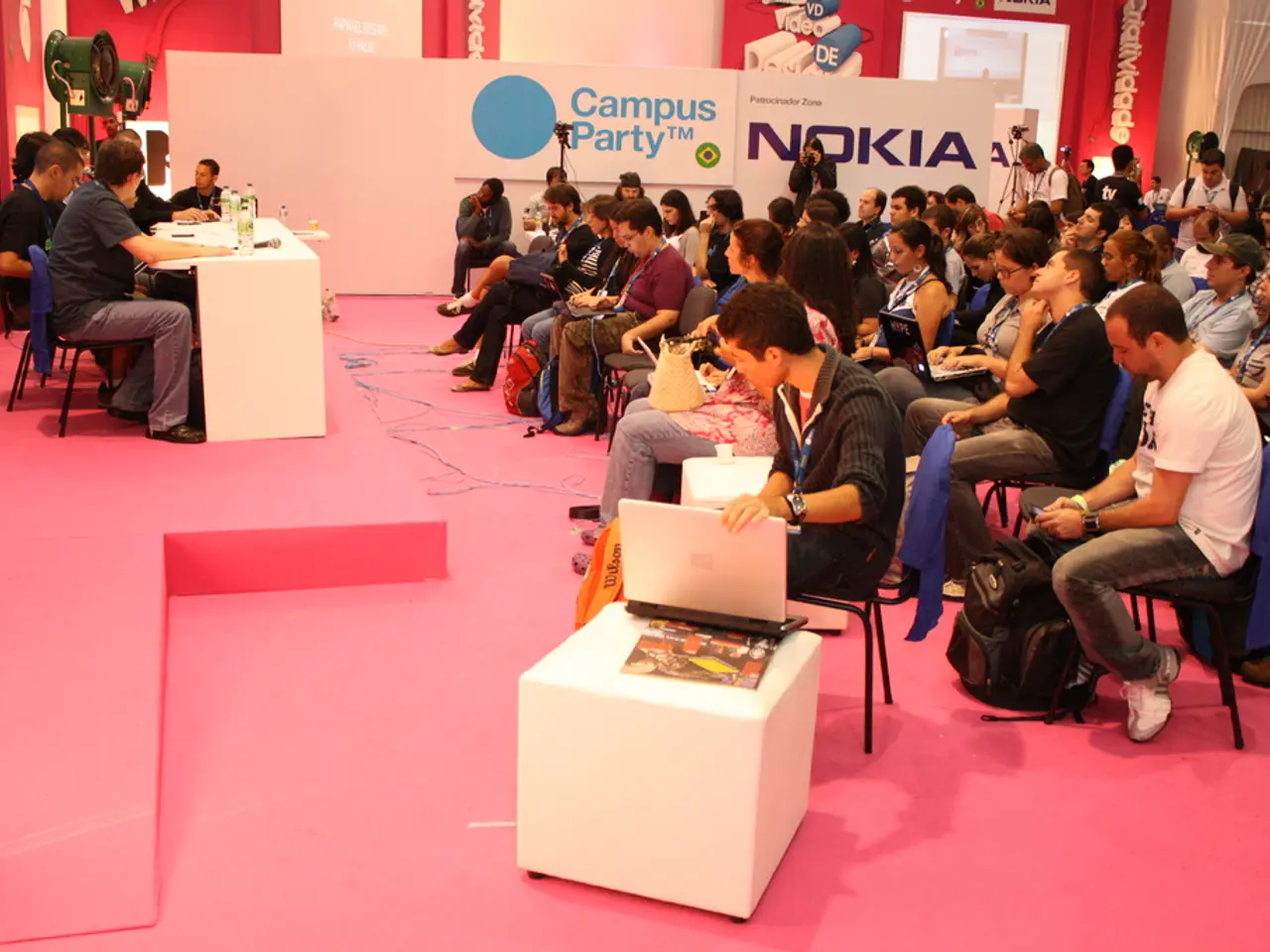Twin sisters Antje and Kerstin embark on a search for their missing sibling!
Missing DDR Children: A Dark Chapter in East Germany's History
In the heart of East Germany, the search for missing children continues to be a poignant and unresolved issue. The stolen DDR children, taken from their families for ideological reasons or as part of state repression, remain a haunting chapter in the country's history.
Antje Noack, a 25-year search for her twin sister, has recently gained attention on TikTok. Born in Cottbus in 1972, Antje suspects her twin sister is in the area around Finsterwalde, Bad Liebenwerda, and Lauchhammer. Her story is just one of many that echo through the corridors of time, a testament to the enduring quest for truth and reunification.
Andreas Laake, a prominent figure in this search, demands accountability from politics. He founded an interest group for stolen DDR children and connects other affected people. Laake, who himself found his son after decades of searching, laments that this dark chapter of DDR history is barely mentioned in history books and is unknown to the current young generation.
The Stasi, East Germany's state security service, exercised extensive social control and repression, targeting individuals deemed hostile to the socialist state. Children were sometimes taken from parents who were politically unreliable or dissident. These children could be placed in state homes or adopted by pro-regime families to erase perceived ideological danger.
Search efforts for these missing or stolen children have been ongoing since the fall of the Berlin Wall in 1989, but face difficulties due to destruction or secrecy of Stasi records, lack of documentation, and the passage of time. Organizations and survivors advocate for more transparency, better archival access, and support for reunion processes.
Kilian Kerner, a fashion designer, has dedicated his current collection to missing DDR children. He finds it unbearable to be in a room with someone who has experienced the loss of a child due to forced adoption or theft. Kerner is calling for more attention to this issue in East Germany's history.
Kerstin Heinze, born as a triplet in a private clinic in Dresden in 1964, has seen "herself" twice. She doubts the death of her identical twin, adding another layer of mystery to this complex issue.
Tens of thousands of users are searching for their relatives on platforms like Facebook. Only five successful searches have been recorded, such as Andreas Laake finding his son. The full accountability for stolen DDR children remains an unresolved chapter, reflecting the broader difficulties in addressing GDR-era state repression and human rights violations.
As the search for truth continues, the stories of those affected by this dark chapter serve as a reminder of the importance of accountability and justice. The ongoing efforts of individuals like Antje Noack, Andreas Laake, and Kilian Kerner, along with organizations and survivors, keep the memory of the stolen DDR children alive, and strive towards a resolution that brings closure and reunification.
Relationships between the missing DDR children and their families remain emotionally charged, with stories like Antje Noack's echoing through the years, symbolizing the enduring quest for reunion.
In the realm of general-news, the search for accountability continues for the stolen DDR children, as advocates like Andreas Laake push for politics to acknowledge and address this dark chapter in East Germany's history.








